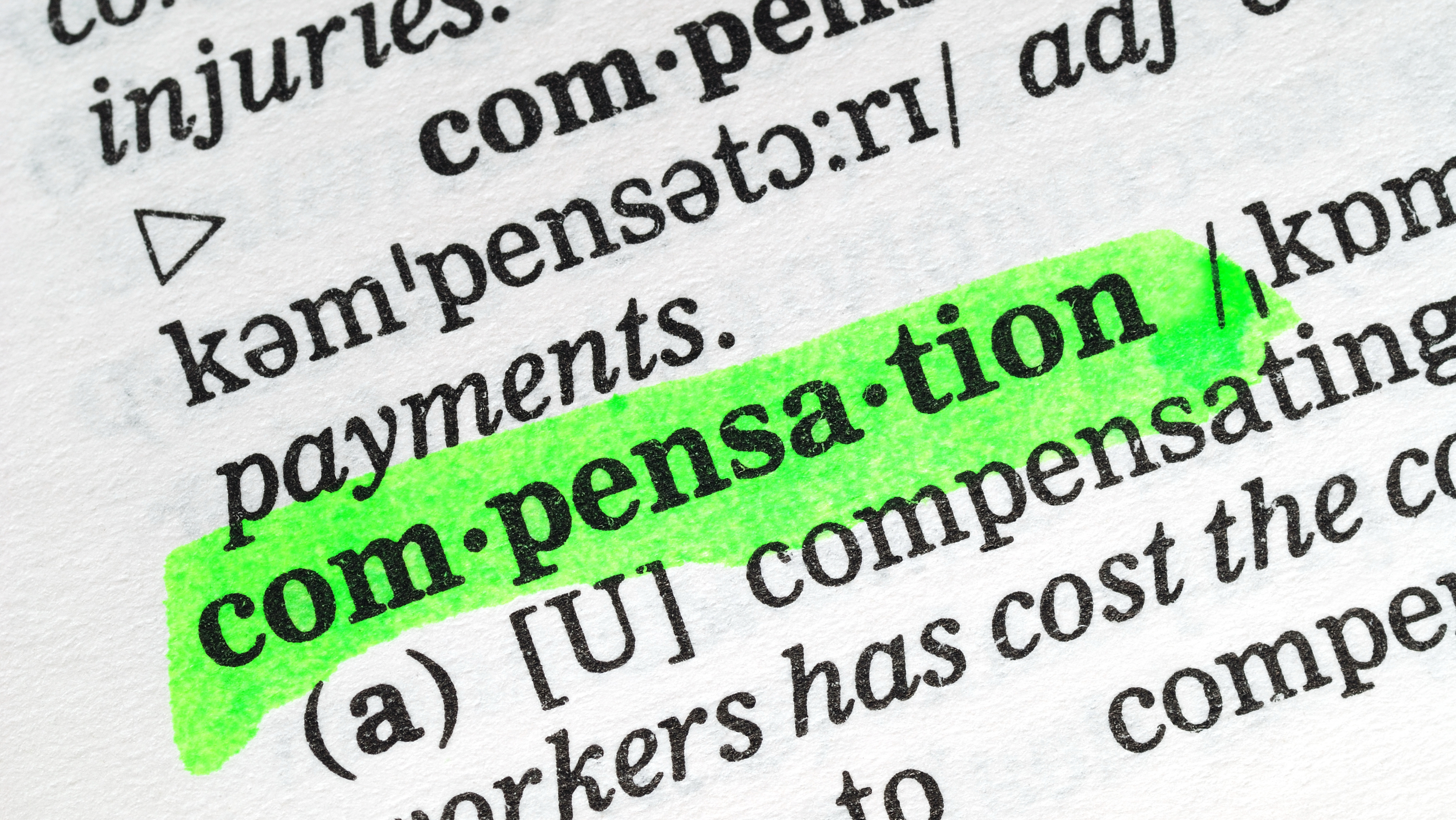
David J. Kupstas, FSA, EA, MSEA Chief Actuary
How much money do you make? How much did you make last year? For most of us, that is a fairly easy question. If you don’t know offhand, you can pull out a pay stub, tax return, or Form W-2 and get the answer.
If you participate in a retirement plan at your company, like a 401(k), your contributions and benefits are usually determined based on how much money you make. Again, it is not hard for most of us to say what the pay figure is that our plan benefits are based on.
For the owner of the company, determining “pay” for plan purposes can be trickier. It depends in part on what type of entity the business is: corporation, LLC, partnership, etc. Today, we will talk about how plan compensation is defined for the owner of an S Corporation. In a future article, we will look at some of the challenges in determining compensation for a self-employed individual.
S Corp vs. C Corp
There are two types of corporations: the C Corporation and the S Corporation. The C Corp is the standard type of corporation. The company retirement benefits for the owner of a C Corp are based on W-2 wages (with perhaps a few adjustments here or there), just as they are for the employees.
An S Corp is a corporation that has elected a special tax status with the IRS. S Corps pay no income taxes. Rather, corporate income, losses, deductions and credits pass through to the shareholders for federal tax purposes. The same is true for an LLC that elects to be taxed as an S Corp. As with a C Corp, the S Corp owner’s retirement benefits are based on W-2 income.
We cannot say strongly enough that S Corp dividends
may not be counted for pension plan purposes.
The wrinkle is that if you ask the owner of an S Corp how much money he makes, he might give you a different number than what is on his Form W-2. It is very likely he will give you a larger number that includes not only his W-2 income but also dividends shown on Schedule K-1. We cannot say strongly enough that S Corp dividends may not be counted for pension plan purposes. As with the employees, benefits for S Corp owners are based solely on W-2 income. Yes, there will be a few adjustments to arrive at a final number, but those adjustments are for things like auto allowances and group term life, not for hundreds of thousands of dollars in dividends. Dividends represent a return on investment, not compensation for services rendered.
Communication about Nature of Comp is Key
For 2017, the maximum retirement plan compensation that may be considered for plan benefits is $270,000. An individual might make $1 million per year, but any pay above $270,000 has to be disregarded for purposes of the plan. The limit is indexed annually for cost of living. Business owners will often set their compensation right at $270,000 in order get maximum benefits from the plan without paying themselves more salary than they need.
Here’s where communication is important. An advisor might come to us looking for help in designing a plan for his client. He says the owner of the business makes $400,000 per year and has plenty of money to put into a plan. Great, we’d say. We’re happy to help. So we would design a plan with the understanding that the owner receives more than the maximum countable pay of $270,000, and off we’d go.
Following year-end, we might get a payroll report showing the owner’s W-2 pay was $90,000. We’d ask, “What happened to the $400,000 you told us about?” The advisor might say, “The owner takes $90,000 on his W-2 to keep payroll taxes low. The remaining $310,000 is K-1 dividends.” That, my friends, is a problem. Again, S Corp dividends may not be counted for retirement plan purposes. This owner would be entitled to one-third of the benefits he thought he would be. When we have a client that is an S Corp, we have to be very specific that the W-2 number is the compensation number we need to know. Dividends reported on Schedule K-1 are of no interest to us whatsoever for plan purposes.
IRS and Courts Are Clear about S Corp Dividends
In 2008, the IRS issued a Fact Sheet on this topic. Among other things, it says, “S corporations should not attempt to avoid paying employment taxes by having their officers treat their compensation as cash distributions, payments of personal expenses, and/or loans rather than as wages.” If the money was earned because of services rendered by the owner, it should be paid as wages, not as dividends.
Even if the payments legitimately fall under the category of dividends, one should not get cute and count these as plan compensation. The Ninth Circuit Court has confirmed that this may not be done.
For any S Corp owner wishing to establish a retirement plan, there should be a clear understanding of the forms of “pay” the owner receives. If payments are not structured in a way that maximizes plan benefits, the owner will need to have a conversation with his CPA about whether the compensation package may be restructured to increase pensionable wages.



